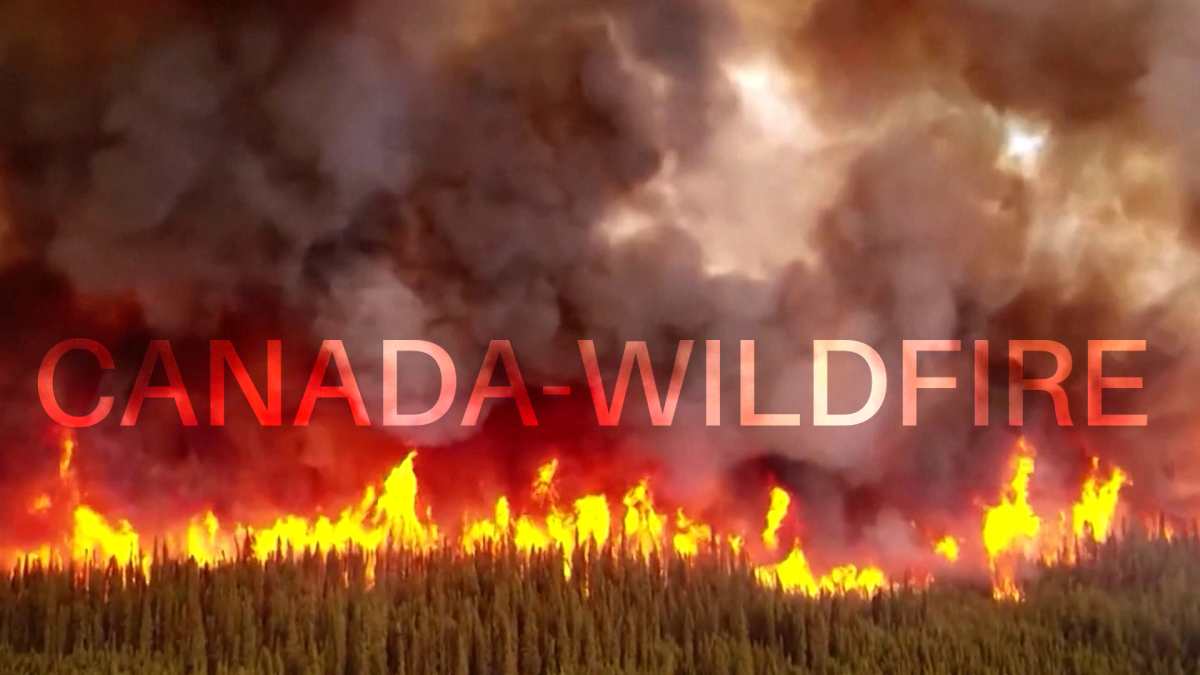New York State Division of Natural Preservation (DEC) Chief Basil Seggos and State Branch of Wellbeing (DOH) Magistrate Dr. James McDonald gave an Air Quality Wellbeing Warning for the Long Island, New York City Metro, Lower Hudson Valley, Upper Hudson Valley, Adirondacks, Eastern Lake Ontario, Focal New York, and Western New York districts for Monday, July 17, 2023.
The toxins of concern are:
Fine Particulate Matter for New York City Metro, Lower Hudson Valley, Upper Hudson Valley, Adirondacks, Eastern Lake Ontario, Focal New York, and Western New York
Ozone for Long Island, New York City Metro
The fine particulate matter warning will be active from 12 a.m. through 11:59 p.m.
The ozone warning will be active from 11 a.m. until 11 p.m.
DEC and DOH issue Air Quality Wellbeing Warnings when DEC meteorologists foresee levels of contamination, either ozone or fine particulate matter are supposed to surpass an Air Quality Record (AQI) worth of 100. The AQI was made as a simple method for corresponding degrees of various contaminations to one scale, with a higher AQI esteem demonstrating a more prominent wellbeing concern.
Ozone
Summer intensity can prompt the development of ground-level ozone, a significant part of photochemical exhaust cloud. Car fumes and out-of-state emanation sources are the essential wellsprings of ground-level ozone and are the most serious air contamination issues in the upper east. This surface toxin ought not be mistaken for the defensive layer of ozone in the upper environment.
Ozone and PM2.5 are two unique contaminations that structure in various ways: PM2.5 is frequently created straightforwardly as smoke from rapidly spreading fires and different wellsprings of little particles produced out of sight.
Ozone is definitely not an immediate discharge, and is delivered by implication when daylight synthetically responds with nitrogen oxides (NOx) and unpredictable natural mixtures (VOCs) from car fumes and modern outflows. High ozone isn’t generally so noticeable as PM2.5 on the grounds that it’s a dreary gas, however it will deliver foggy skies and diminish perceivability in high focuses.
The smoky and dim sky in a generally for the most part bright, stale air mass can be extremely favorable for ozone creation. The out of control fire smoke can improve the ozone creation, yet it’s not the essential part.
Individuals, particularly small kids, the people who practice outside, those engaged with overwhelming open air work and the people who have respiratory infection (like asthma) ought to consider restricting arduous outside actual work when ozone levels are the most elevated (by and large evening to the afternoon). At the point when open air degrees of ozone are raised, going inside will generally lessen your openness. People encountering side effects, for example, windedness, chest agony or hacking ought to consider counseling their PCP.
Ozone levels by and large reduction around evening time and can be limited during sunlight hours by abridgement of vehicle travel and the utilization of public transportation where accessible.
Fine Particulate Matter
Fine particulate matter comprises of little strong particles or fluid drops in the air that are 2.5 microns or less in breadth. PM 2.5 can be made of a wide range of kinds of particles and frequently come from processes that include burning (for example vehicle exhaust, power plants, and flames) and from substance responses in the environment.
Openness can make transient wellbeing impacts like aggravation the eyes, nose, and throat, hacking, wheezing, runny nose, and windedness. Openness to raised degrees of fine particulate matter can likewise deteriorate ailments like asthma and coronary illness. Individuals with heart or breathing issues, and kids and the old might be especially delicate to PM 2.5.
At the point when outside levels are raised, going inside might diminish openness. Assuming that there are huge indoor wellsprings of PM 2.5 (tobacco, light or incense smoke, or exhaust from cooking) levels inside may not be lower than outside. Far to lessen openness are to limit outside and indoor sources and keep away from arduous exercises in regions where fine molecule focuses are high.
New Yorkers additionally are encouraged to take the accompanying energy saving and contamination diminishing advances:
- utilize mass travel as opposed to driving, as car discharges represent around 60% of contamination in our urban communities.
- ndividuals are firmly instructed to carpool just with individuals regarding their families;
- ration fuel and diminish exhaust outflows by joining fundamental engine vehicle trips;
- switch out all lights and electrical apparatuses in abandoned regions;
- use fans to flow air. Assuming cooling is essential, set indoor regulators at 78 degrees;
- close the blinds and shades to restrict heat develop and to safeguard cooled air;
- limit utilization of home devices. If important, run the apparatuses at off-top (following 7 p.m.) hours. These would incorporate dishwashers, dryers, pool siphons and water warmers;
- set fridges and coolers at additional effective temperatures;
- buy and introduce energy proficient lighting and machines with the Energy Star mark; and
decrease or dispose of outside consuming and endeavor to limit indoor wellsprings of PM 2.5 like smoking. A complementary Air Quality Hotline (1-800-535-1345) has been laid out by DEC to keep New Yorkers educated regarding the most recent Air Quality circumstance.Extra data on ozone and PM 2.5 is accessible on DEC’s site and on DOH’s site (PM 2.5)/DOH’s site (ozone). To keep awake to-date with declarations from DEC, join to get Air Quality Alarms through DEC Conveys: DEC’s Chief Email Administration.

